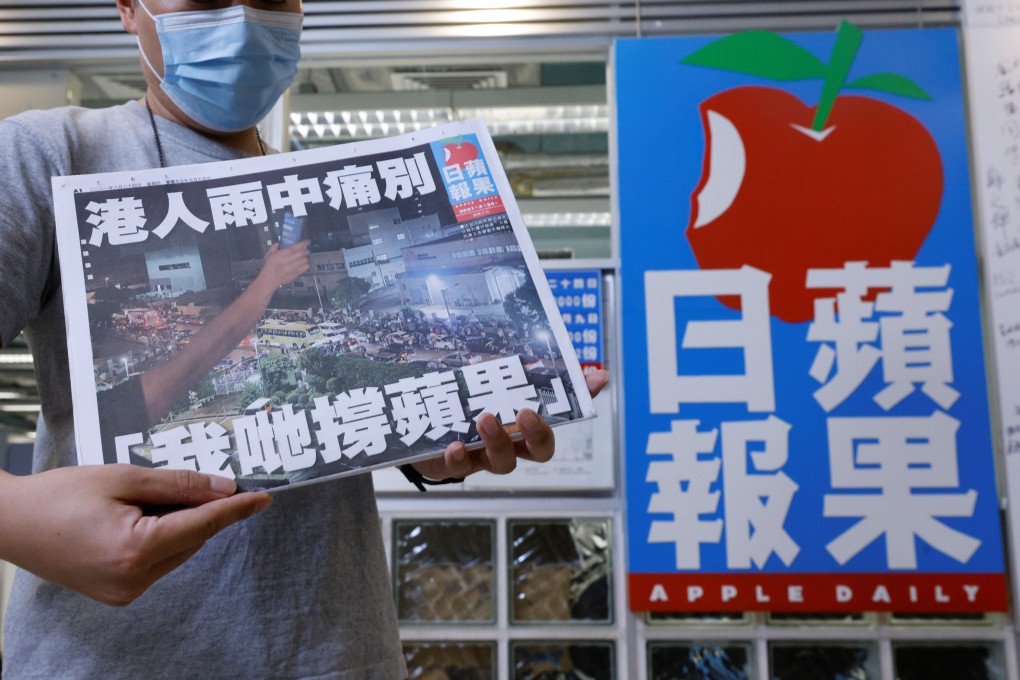My Take | Apple Daily’s legacy goes beyond politics
- Love it or hate it, for better or worse, Apple Daily and its defunct sister publication Next Magazine have changed local journalism forever, from how pages are designed and printed to the kind of language and visuals used in stories

Much has been written about the politics behind Apple Daily’s closure, in both the local and foreign press. Instead of adding to the partisanship, I will instead focus on the groundbreaking style – for better or worse – of its journalism, and the local culture and language (written Cantonese) that had influenced it and in turn were influenced by it.
Since the end of World War II, a new successful broadsheet emerged roughly every decade in Hong Kong.
Though technically founded before the war, Sing Pao came to take over half of the market in the 1950s.
In the 1960s, it was Ming Pao. Then came the Oriental Daily News from the 1970s onwards. Together, they took up most of the local Chinese-language market – until Apple Daily was launched in the mid-1990s.
It immediately changed how local newspapers were laid out and printed. In Western journalism, the front page has always been the place to run the most important, sensational or eye-catching news. But, for a long time in Hong Kong, it was the crucial moneymaker for advertisements.
Apple ended all that by splashing with just one or two main news stories, along with a high-resolution, gallery-worthy photo or otherwise big photos and graphics that took up most of the front page. By the end of the 1990s, virtually every major competitor had given up front-page advertisement for the main news.

